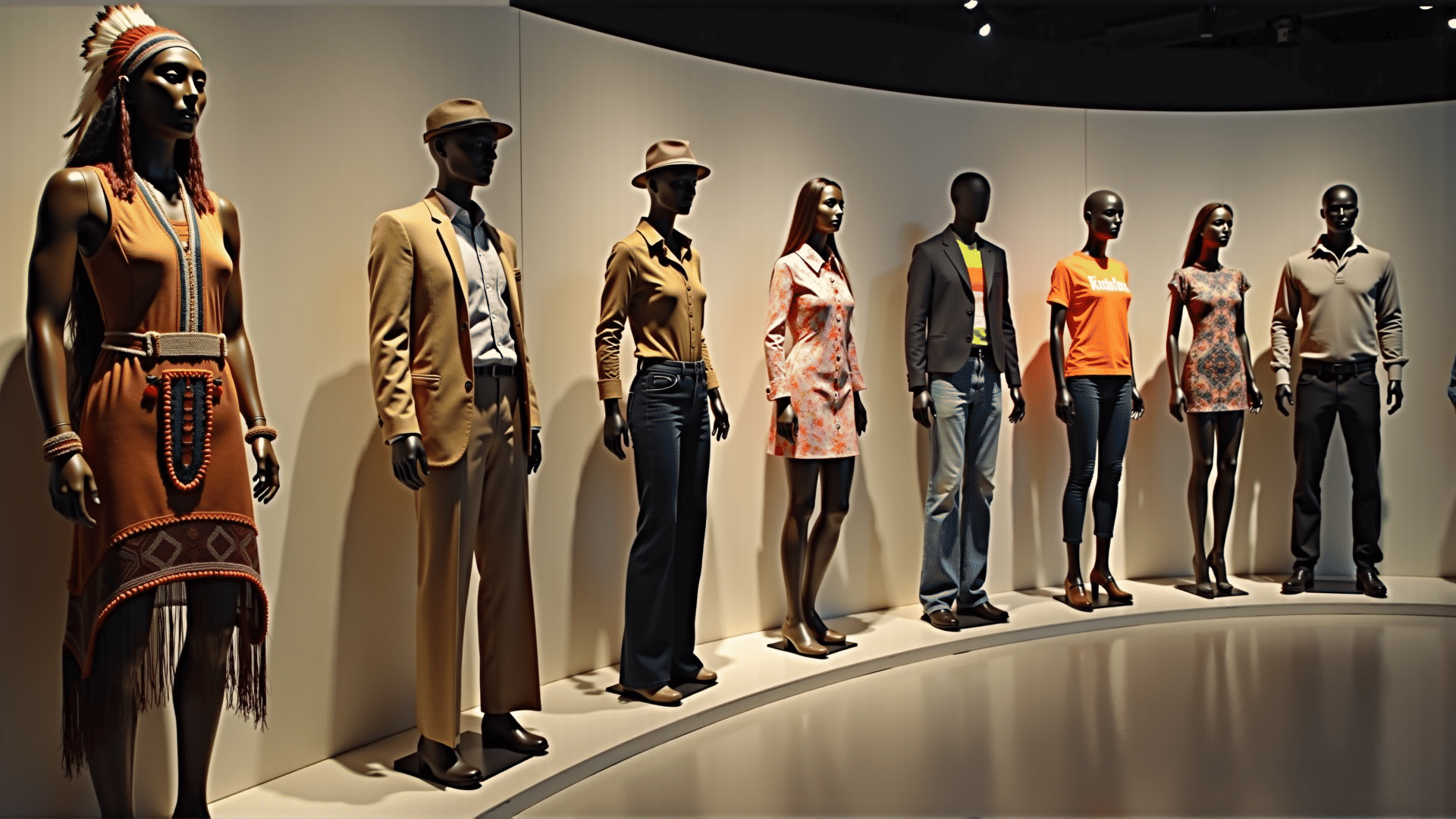The dynamic tapestry of American fashion has been woven over centuries, reflecting cultural shifts and societal changes. From its earliest days, American fashion has held a unique position, both influencing and being influenced by international styles. This exploration highlights the various epochs that define its evolution and global impact.
Colonial Roots and Practical Beginnings
In the 17th and 18th centuries, American settlers brought with them European styles, which they adapted for practicality and necessity. The early fashion scene was characterized by sturdy, handmade garments that could withstand the rigors of colonial life. Wool, linen, and cotton were staple materials, and while the styles mirrored British fashion, they were often simpler and less ornate due to the lack of resources and social class distinctions prevalent in the New World.
The 19th Century: Industrialization and Innovation
With the advent of the Industrial Revolution, the 19th century saw significant changes in American fashion. Innovations in textile machinery made fabrics more accessible, allowing for greater variety and personalization. This period also marked the beginning of ready-to-wear clothing, a radical shift that democratized fashion. Men's and women's styles began to diverge distinctly. For women, the crinoline gave way to bustles and eventually the simpler lines of the Gibson Girl silhouette by the century's end. For men, tailored suits became the norm, reflecting European influences but adapted for American sensibilities.
The Roaring Twenties and Thirties: A Turning Point
The 1920s introduced a new era of liberation and extravagance in fashion, symbolized by the flapper dress. This period was all about breaking traditional norms, with shorter hemlines and looser silhouettes for women, and a casual approach to men's attire. The 1930s, despite being marked by the Great Depression, saw fashion maintain its significance as escapism, with Hollywood glamor inspiring elegant eveningwear and more relaxed daytime looks.
Mid-20th Century: Post-War Prosperity and the Rise of American Designers
Post-World War II America experienced an economic boom that fostered a sense of optimism and creativity, reflected in the fashion of the era. The 1950s presented a return to femininity with cinched waists and full skirts, popularized by icons like Dior. Meanwhile, American designers such as Claire McCardell and Norman Norell began gaining international acclaim for their innovative approaches.
The 1960s ushered in a period of bold experimentation and cultural challenge, with styles reflecting the youthful rebellion of the time. The decade's fashion icons, like Jacqueline Kennedy and Twiggy, inspired trends from tailored suits to mod dresses, reinforcing America's burgeoning cultural influence.
The Modern Era: Diversity and Technology
The fashion landscape of the late 20th and early 21st centuries has been characterized by increasing diversity and technological advances. The casual wear explosion of the 1990s and 2000s, driven by relaxed dress codes and the tech boom, introduced a new era of comfort-driven fashion. Today, fashion in the United States is a global melting pot, drawing on influences from every corner of the world while leading trends in sustainability and ethical production.
The accessibility of digital platforms has also transformed American fashion, allowing emerging designers to showcase their work without traditional barriers. Technology continues to reshape the fashion narrative, with innovations such as 3D printing and virtual try-ons suggesting an exciting future.
A Legacy of Influence
American fashion's evolution is a testament to its resilience and ability to adapt to change. Each era of this journey mirrors a broader cultural moment, contributing to a vibrant global dialogue. As the industry continues to evolve, the blend of tradition and innovation promises to keep American fashion at the forefront of worldwide trends for years to come.
